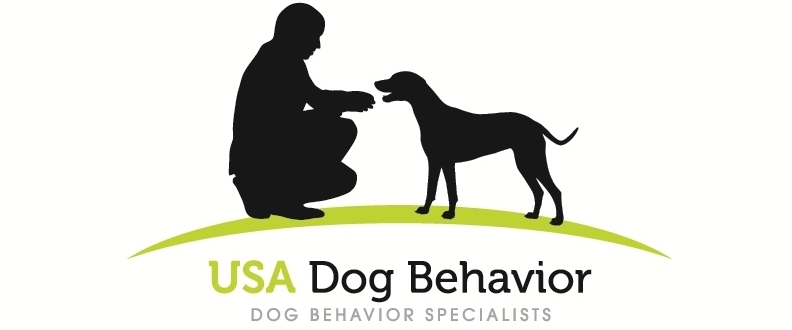Zoomies: Why Every Dog Gets Them
Every Dog Gets the Zoomies
For the audio version of these blog posts, tune into the USA Dog Behavior Podcast.
You’ve seen it a hundred times: one minute, your dog is a perfect angel. The next, they’re a blur of fur, tearing laps around the coffee table, skidding across the floor with a wild look in their eyes. It’s a scene of pure, unbridled chaos… and it’s completely normal.
And it’s not just young dogs that do this; older dogs do it too, although the frequency tends to subside with age.
This beloved behavior even has a scientific name: Frenetic Random Activity Periods, or FRAP. But what’s really going on inside your dog’s head during these frantic moments?
The Top 5 Reasons for the Zoomies
Contrary to popular belief, zoomies aren’t just random madness. They usually have a trigger.
Pent-Up Energy Release: This is the most common cause. After a long nap in a crate, a bath, or a boring car ride, all that stored energy has to go somewhere. The zoomies are the explosive result.
Sheer Happiness: Often, zoomies are simply a celebration of joy. You just walked in the door! It’s dinnertime! They have a favorite toy! It’s their way of shouting, "Life is amazing!"
Stress Relief: Believe it or not, zoomies can be a coping mechanism. After a tense situation—like a vet visit or an awkward meeting with another dog—the zoomies help them release that built-up tension and reset their nervous system.
Bathroom-Related Relief: Especially common in puppies, you’ll often see a burst of zoomies right after they’ve done their business. It’s a physical expression of, "Phew, what a relief!"
It Just Feels Good: Sometimes, there isn't a deep, psychological reason. They’re a dog, and running fast is inherently fun.
Zoomies vs. Cause for Concern: When to Watch Closer
For the vast majority of dogs, zoomies are a healthy and harmless behavior. But how can you tell the difference between normal FRAP and something more?
Normal Zoomies are:
Short-lived, typically lasting only a few minutes.
Occur in a recognizable, playful pattern (e.g., "figure-8s" around the furniture).
The dog is still in control of their body and can respond to you.
They settle down calmly and easily once the burst is over.
Consider paying closer attention if:
The behavior is very frequent or seems compulsive.
It’s triggered by obvious anxiety or fear.
Your dog is hurting themselves or damaging your home.
They can’t "snap out of it" and have trouble calming down.
It looks like it could be seizure-related.
In these rarer cases, it could signal that your dog isn't getting enough physical exercise or mental stimulation, may be dealing with underlying behavioral problems, or has a neurological issue.
What to Do (and Not Do) During a Zoomie Episode
Your main job during the zoomies is to be a safety manager.
DO: Clear a path! Make sure the area is safe from sharp corners, fragile items, or slippery floors.
DO NOT: Chase or yell at your dog. This can be misinterpreted as you joining the game, amping them up even more.
PRO TIP: Once the initial burst subsides, try redirecting their energy into a calmer activity. Ask for a simple "sit" or offer a long-lasting chew toy to help them transition back to a relaxed state.
So, the next time your living room turns into a racetrack, just smile. Your dog isn't losing their mind; they’re just being a dog, in the most joyfully explosive way possible.
For the audio version of these blog posts, tune into the USA Dog Behavior Podcast.
© 2025 Scott Sheaffer. All rights reserved.

